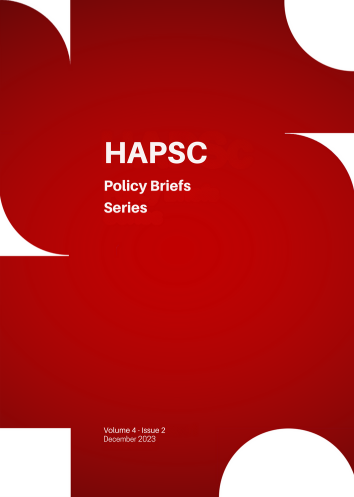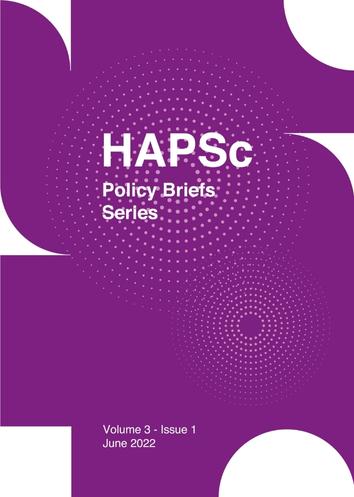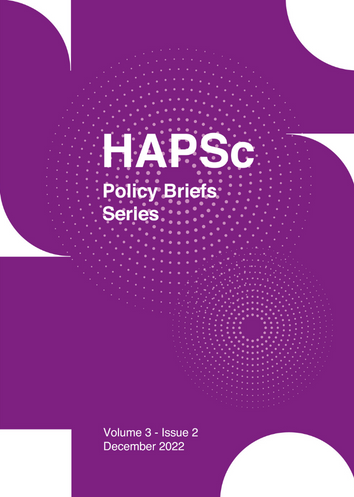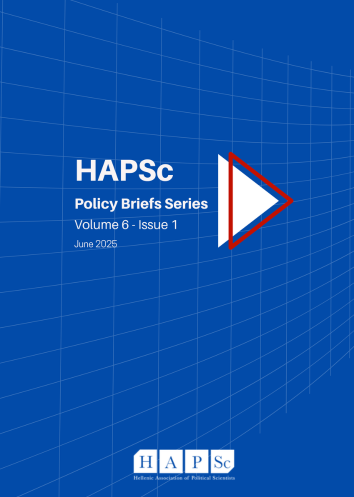Security Risk Analysis as a Strategic Counterterrorism Tool for National Security: The Case of Frontex Common Integrated Risk Analysis Model (CIRAM)

Abstract
Security Risk Analysis consists an important tool that can be leveraged to properly process information related to National Security and draw useful conclusions through appropriate analytical products. The European Union formulated the appropriate legislation and established new organizations to ensure its external and internal security such as Frontex, designed and developed, in collaboration with the member states, a new security risk analysis tool, the Common Integrated Risk Analysis Model (CIRAM). This paper seeks to approach and examine descriptively, both the elements of this model and its appropriateness to carry out Counterterrorism Risk Analysis.
Article Details
- How to Cite
-
Kanellopoulos, A. N. (2023). Security Risk Analysis as a Strategic Counterterrorism Tool for National Security: The Case of Frontex Common Integrated Risk Analysis Model (CIRAM). HAPSc Policy Briefs Series, 4(2), 35–44. https://doi.org/10.12681/hapscpbs.36659
- Section
- Articles

This work is licensed under a Creative Commons Attribution 4.0 International License.
Authors retain copyright and grant the journal right of first publication with the work simultaneously licensed under a Creative Commons Attribution License that allows others to share the work with an acknowledgement of the work's authorship and initial publication in this journal.






